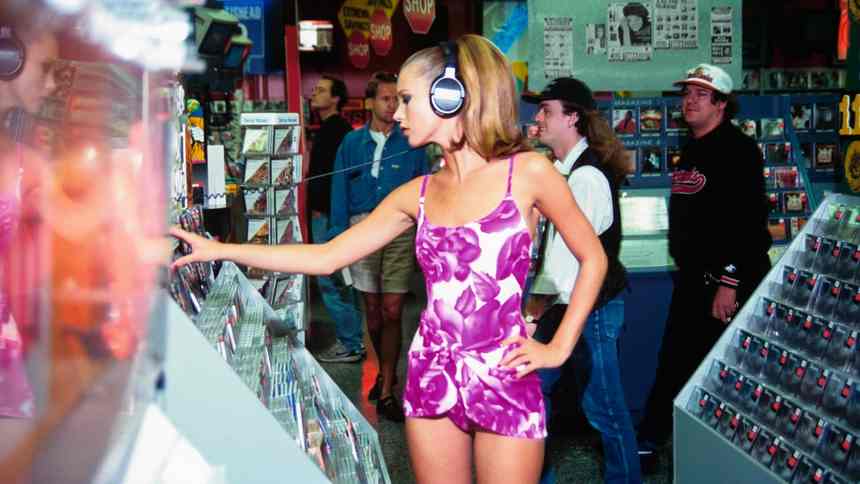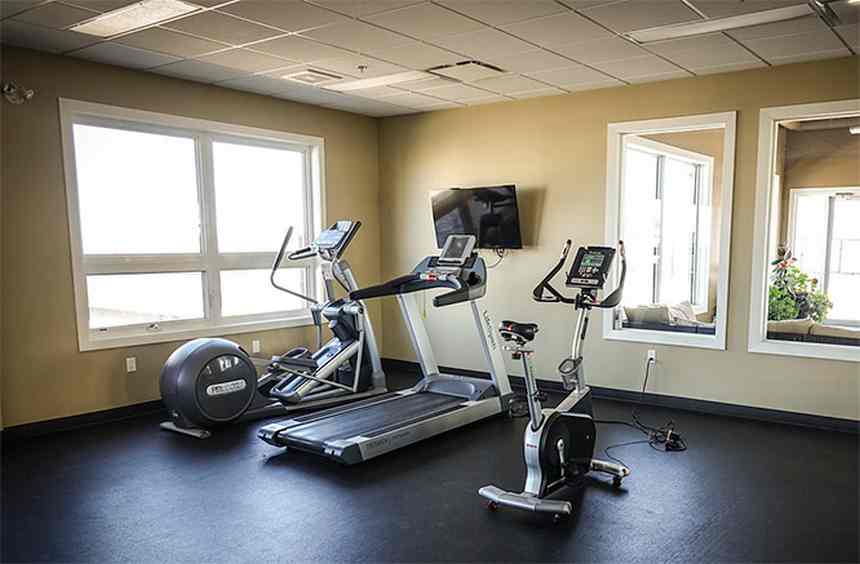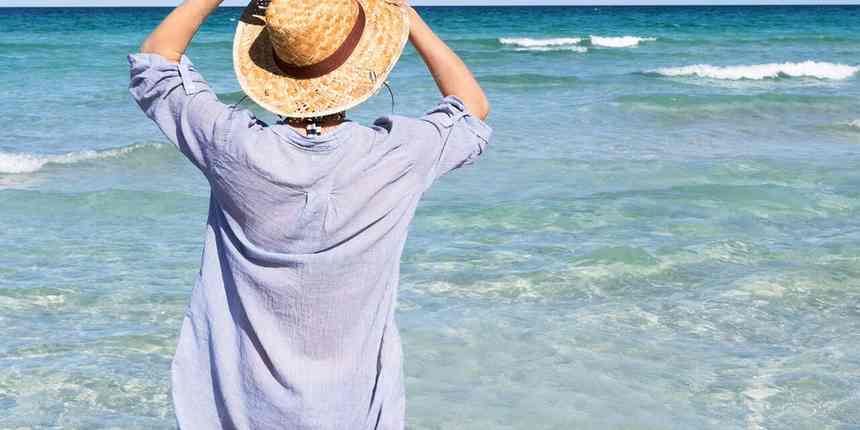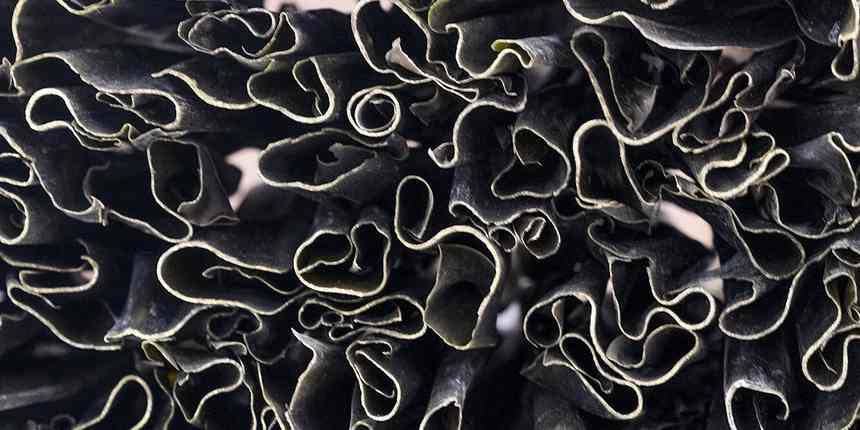If you religiously slather on sunblock at the pool but otherwise skip it, thinking, I'm just driving to the gym/picking up lunch/sitting at my desk, consider this: A stunning 90 percent of the signs of premature aging—wrinkles, fine lines, and pigmentation—result from the longterm accumulation of those mini doses of sunlight, also known as incidental exposure. More alarmingly, it's also responsible for the vast majority of basal- and squamous-cell cancers, as well as rarer, more dangerous melanomas, which 6,850 Americans may die from this year, per the Skin Cancer Foundation. "Running out to the car or getting the mail—all of that adds up," says Minneapolis dermatologist Erin Warshaw, MD.
Experts see the telltale signs daily. New York City dermatologist Doris Day, MD, says she treats many dog owners with sunburned scalps, wrinkles, and uneven skin tone, just from taking their pets out. At the University of Texas MD Anderson Cancer Center in Houston, Susan Chon, MD, knows gardeners by the backs of their neck and shoulders. "The tan lines on their chests and foreheads are not as noticeable, because they're often bending over when outside," says Dr. Chon, who adds that tennis enthusiasts typically have burnished chests, arms, and shoulders. And in King of Prussia, Pennsylvania, Erum Ilyas, MD, has noticed an uptick in melanomas on the calves of female patients between ages 25 and 45, and suspects that wearing dresses or skirts sans SPF is partly responsible. "You may not burn, but you can get UV exposure that damages your DNA," she says. The good news: Doctors are catching more cancers early, when they're easiest to treat, during routine skin checks (the Skin Cancer Foundation recommends a full-body exam once a year). Still, the wisest move is to limit exposure in the first place. Here, exactly how to do so.
Related: Sun Protection That Doesn't Involve Sunscreen
Use an A-Plus Sunscreen
There are two types: chemical and physical (or mineral). Broad-spectrum formulas of either kind protect you from both UVB rays, which are primarily responsible for sunburn and cancer, and UVA rays, which can do damage that ups your cancer risk but mainly cause premature aging. Dr. Ilyas advises choosing a physical block with SPF 30 or higher: These contain zinc oxide and/or titanium dioxide, which reflect rays like armor. Even better, consider one with antioxidants, such as vitamin E or green-tea extract, to combat cancer-causing free radicals.
Looking for a few face formulas that check those boxes—and look and feel dewy, not chalky? Good news: The top facial mineral sunblocks are finally honest-to-goodness invisible, thanks to micro-size particles of zinc oxide and titanium dioxide. They also contain antioxidants and other beneficial skin-care ingredients. We're partial to Bare Republic Mineral Sunscreen SPF 30 Face Gel-Lotion ($17, target.com), which is packed with cucumber and aloe and is cooling and gentle on sensitive skin. White grapeseed extract also helps prevent UV damage. Dermalogica's Invisible Physical Defense SPF 30 ($54, sephora.com), a hydrating cream, soothes and helps shield with green tea extract and a B-vitamin-packed mushroom complex. Searching for a formula with a hint of coverage? Sheer Epionce Daily Shield Tinted SPF 50 Sunscreen ($40, dermstore.com) evens skin tone and fends off UV-induced free radicals with two antioxidant-rich extracts from rosemary and apple. For touch-ups throughout the day, turn to Jane Iredale's Powder-Me SPF 30 Dry Sunscreen ($50, janeiredale.com), which contains pine bark and pomegranate extracts and comes in four versatile shades.
For the body, Dr. Warshaw suggests vitamin E-rich EltaMD UV Sport SPF 50 ($25.50, dermstore.com), and Dr. Ilyas prefers drugstore brands made for babies. Blended with mineral actives and few additives, they're extra-gentle and cost-effective. She stocks CeraVe Baby Hydrating Sunscreen Lotion SPF 45 ($18.79, cvs.com), which has moisturizing hyaluronic acid, and Neutrogena Pure & Free Baby Sunscreen Lotion Broad Spectrum SPF 50 ($10.99, target.com).
Apply It Like a Pro
And by that, we mean like a dermatologist. All 84 subjects in a 2019 U.K. study missed at least 11 percent of their face, especially near their eyes, so make sure you work sunscreen into every nook and cranny, and all the way up to your hairline. Dr. Warshaw teaches patients to layer a half-teaspoon (picture a quarter or a raspberry, depending on its thickness) over moisturizer, or to use one with built-in SPF. A foundation or tinted moisturizer with SPF provides additional protection, but never depend on makeup alone; you'd have to wear a ton for it to suffice. Next, enlist this tactic from Emily Rubenstein, DO, director of dermatology at Swedish Hospital, in Chicago: Dispense dollops onto the backs of your hands rather than your palms—to guarantee you cover this oft-ignored spot—and spread them onto your ears, neck, shoulders, chest, and forearms. "Then press the backs of your hands together to distribute leftovers," she says. Reapply every two hours, no matter what you're doing, since UVA rays penetrate untreated car, office, and gym windows. Car windshields are protective, while side panes usually aren't; to find out if your building's are, ask human resources or a manager, or wear a UV-detecting device, like LaRoche Posay's My Skin Track UV wearable sensor ($60, laroche-posay.us) or SpotMyUV stickers ($12 for 12, spotmyuv.com). To reinforce the habit, stash easy-to-apply options. Dr. Rubenstein keeps brush-on powder, which has a longer shelf life than creams, in her bag and glove box. For exercise, try sticks or single-dose packets. Dr. Warshaw, an ultramarathoner, likes both and stows them in her fanny pack.
Related: Five Simple Tips That Will Help You Keep Cool During the Summer
Dress to Protect
To test clothing for optimal blockage, hold the fabric up to the light and stretch it out, suggests Dr. Warshaw. "If you can see through small holes between the threads, it doesn't offer significant protection." Indeed, that gauzy blouse may cover you, but it's only comparable to SPF 4 to 8, says Rubenstein. Reinforce linen and other airy materials by washing them in Rit SunGuard ($7, amazon.com); the colorless dye delivers the equivalent of SPF 30 for up to 20 wears. If you head out on a hike or bike ride, opt for a bright synthetic shirt rather than a pale cotton tee, since deep pigments absorb more UV rays before they reach your skin than light ones do, and tightly woven fabrics, like poly blends, deflect them better than looser natural materials. You can also buy sun-resistant clothes from lines like Dr. Ilyas's AmberNoon, Target's All in Motion, and Uniqlo's UV Protection, or retailers like L.L. Bean. They're measured in UPFs (Ultraviolet Protection Factor); look for at least UPF 50.
Alternatively, consider sun-protective swimwear, which is better-looking than ever. The best pieces have UPF 50 or higher, compared with a wet T-shirt's UPF 3. Slip on a sporty rash guard, and your arms and torso will be golden (in a good way) all day—and so will your beach bambinos. Scoop up J.Crew's UPF 50 Rash Guard ($75, jcrew.com) for yourself and Mott50's Mini Taylor UPF50+ Baby Sunsuit ($44, mott50.com) for your little one.
Swear to Wear Shades
About a third of us don't put on sunglasses when we head outdoors, and that's a real blind spot: Up to 10 percent of all skin cancers happen around the eyes, and UV exposure is also linked to cataracts and macular degeneration. Every day, even when it's overcast, select a large style labeled "100% UV protection" or "UV400." Both indicate that the lenses shield the full spectrum of rays. For runs or activities on the water, go for polarized lenses. They avert light reflected off concrete, water, and other flat surfaces, which can cause the same damage as direct sunlight. Frames with thick bridges and close-set lenses protect the delicate inner-eye corners, the site of many basal-cell carcinomas; wraparounds maximize coverage at the temples.
Top It Off with a Hat
The wider the brim, the more sun it deflects—we're talking two to three inches, minimum. Don't rely on a baseball cap or a loosely woven straw style; you want one with a dense weave or UV-proof canvas or paper braid. Check out Sol a Mer (from $97, solamer.com) or Wallaroo Hat Company (from $25, wallaroohats.com), and you'll be made in the shade.










